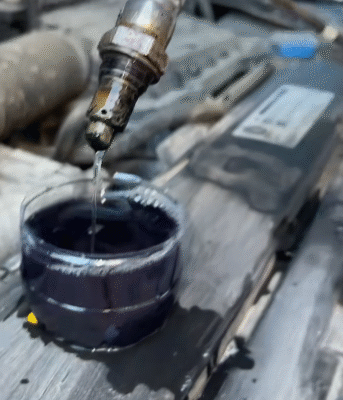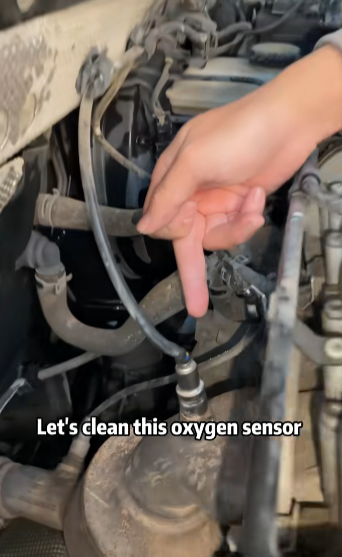
Car engine vibrations are not just annoying—they can also be a sign of deeper mechanical problems that, if ignored, could lead to expensive repairs. If your car shakes while idling, accelerating, or cruising, it’s crucial to understand the possible causes and how to fix them. In this guide, we’ll walk you through the common reasons for engine vibrations and effective ways to eliminate them.
1. Understand the Cause of the Vibration
Before you can fix the problem, you need to know what’s causing it. Engine vibrations can stem from several sources, including:
- Worn-out engine mounts
- Damaged spark plugs
- Unbalanced or damaged wheels and tires
- Faulty fuel intake system
- Misfiring engine cylinders
- Bent or worn-out drive shafts
- Exhaust system issues
A careful diagnosis is the first step toward a smooth ride.
2. Inspect and Replace Engine Mounts
The engine mounts are designed to absorb vibrations and secure the engine to the car’s frame. Over time, these mounts can wear out or break, causing the engine to shake excessively.
Signs of bad engine mounts:
- Increased vibration when idling
- Loud clunking noises when shifting gears
- Excessive engine movement
Solution: Have a mechanic inspect the engine mounts. If they are worn or broken, replacing them will dramatically reduce engine vibration.
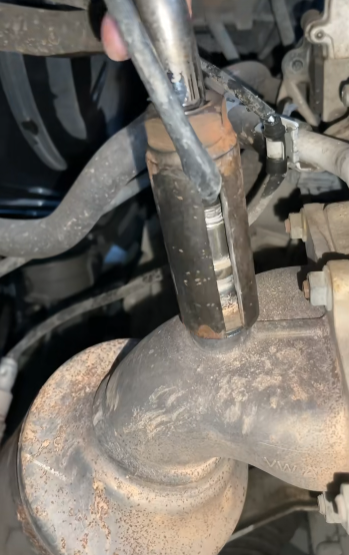
3. Check the Spark Plugs and Ignition System
Faulty spark plugs are a common cause of engine vibration. If the spark plugs are dirty, worn, or not firing properly, the engine can misfire, leading to rough idling and shaking.
How to fix it:
- Remove and inspect the spark plugs.
- Replace any that are dirty, cracked, or corroded.
- Ensure the spark plug wires and ignition coils are in good condition.
Replacing the spark plugs is relatively inexpensive and can make a noticeable difference in how your engine runs.
4. Balance and Align the Tires
Sometimes what feels like engine vibration could actually be tire-related. If your wheels are unbalanced or misaligned, your entire car—including the engine bay—might shake.
Symptoms of unbalanced wheels:
- Vibrations that increase with speed
- Uneven tire wear
- Pulling to one side while driving
Solution: Take your car to a tire shop for balancing and alignment. Regular tire maintenance not only eliminates unnecessary vibrations but also extends the life of your tires.
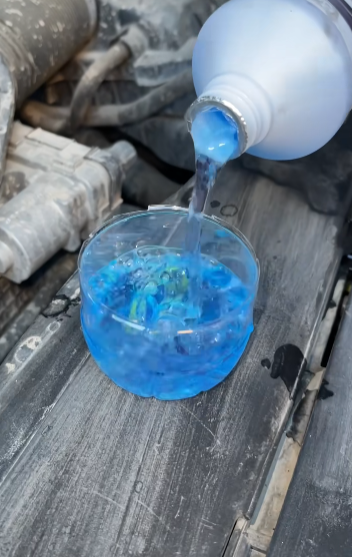
5. Clean the Fuel Intake System
Over time, carbon deposits can build up in the fuel injectors, throttle body, and intake valves. This buildup can lead to uneven fuel distribution, causing the engine to shake.
Fixing a dirty fuel system involves:
- Using a fuel system cleaner
- Cleaning the throttle body
- Having a professional clean or replace clogged fuel injectors
A clean fuel system allows your engine to operate smoothly and efficiently.
6. Inspect and Repair Misfiring Cylinders
A misfiring cylinder disrupts the engine’s smooth operation. This could be caused by fuel delivery problems, ignition issues, or mechanical failures inside the engine.
Common symptoms:
- Check Engine Light on
- Rough idling or stalling
- Loss of power
Solution: Use an OBD-II scanner to diagnose engine codes. If the code indicates a misfire, address it immediately by replacing faulty components, such as ignition coils, fuel injectors, or even valve parts.
7. Check the Drive Shaft and Axles
In rear-wheel-drive and four-wheel-drive vehicles, a bent or damaged drive shaft can cause noticeable vibrations.
Symptoms of a bad drive shaft:
- Vibrations felt more strongly at higher speeds
- Clunking noises when accelerating or decelerating
- Difficulty turning the vehicle
Solution: A professional mechanic should inspect the drive shaft and axles for damage. Rebalancing, repairing, or replacing them will restore smoothness.
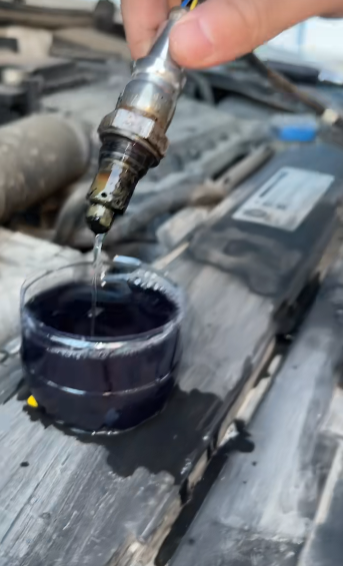
8. Inspect the Exhaust System
If the exhaust system is loose, damaged, or misaligned, it can transfer vibrations throughout the car. Broken exhaust hangers, leaks, or rusted sections are typical culprits.
Signs of exhaust system issues:
- Loud exhaust noise
- Rattling underneath the car
- Decreased fuel efficiency
Solution: Inspect the exhaust pipes, muffler, and hangers. Tighten loose parts, weld broken sections, or replace severely corroded components.
9. Upgrade Your Engine Mounts (If Necessary)
If you frequently drive on rough roads or use your vehicle for high-performance activities, consider upgrading to performance or polyurethane engine mounts. These mounts are stiffer and more durable, providing better vibration control compared to standard rubber mounts.
However, be aware that performance mounts can sometimes transfer more road feel into the cabin, so they may not be ideal for every driver.

10. Routine Maintenance is Key
One of the best ways to prevent engine vibration is through regular maintenance:
- Change your oil and filters on time.
- Replace spark plugs and air filters as needed.
- Keep tires properly inflated and balanced.
- Inspect belts and hoses for wear.
- Listen for unusual sounds and address them early.
A well-maintained car is less likely to develop vibration issues.
Conclusion
Engine vibration can range from mildly annoying to dangerously indicative of deeper problems. Fortunately, most causes are easy to identify and fix with a little attention and regular care. Whether it’s replacing worn engine mounts, cleaning fuel injectors, or balancing your wheels, addressing the problem early will ensure your ride stays smooth, safe, and enjoyable.
If you’re not comfortable diagnosing or fixing the issue yourself, don’t hesitate to take your car to a qualified mechanic. After all, a well-tuned engine not only drives better but also lasts longer. Keep your car healthy, and it will reward you with a quiet, vibration-free driving experience.
